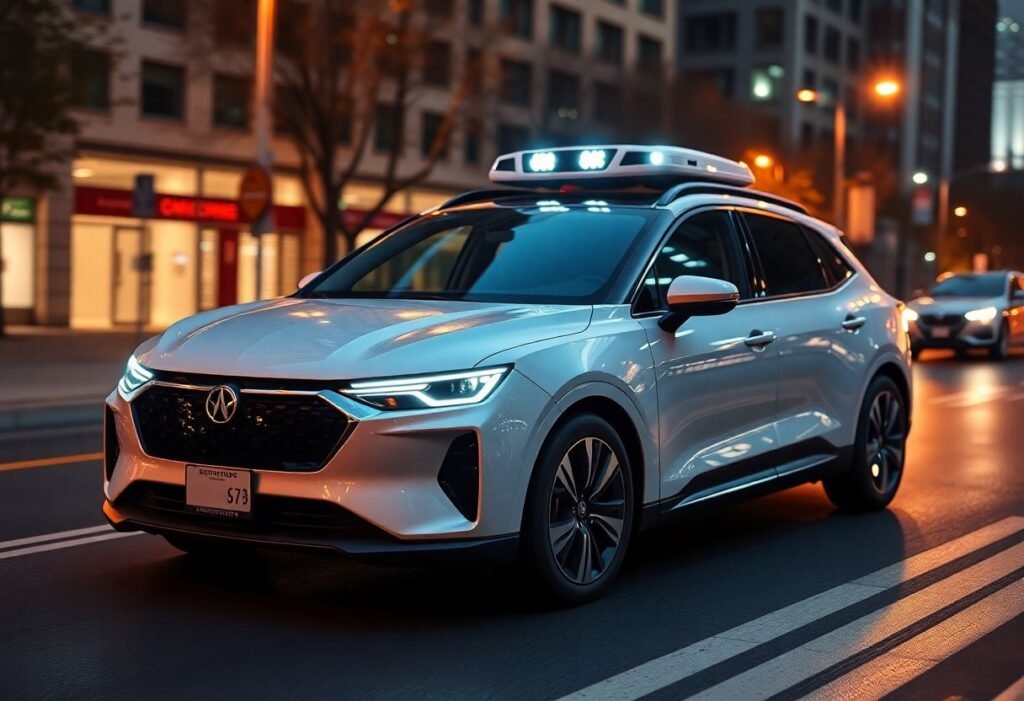The evolution of autonomous vehicle technology is set to transform the landscape of transportation over the coming decade. As innovations emerge, they will shape not only the automotive industry but also urban design, infrastructure, and human interaction with machines.
The Current State of Autonomous Vehicle Technology
Today, autonomous vehicles have progressed significantly, with many manufacturers testing their systems on the roads. Major players like Tesla, Waymo, and Uber are at the forefront, employing complex algorithms, machine learning, and artificial intelligence. Each of these companies is working towards achieving full automation, which requires vehicles to navigate without human intervention. Recent advancements in sensor technology, such as LiDAR and radar, enhance the ability of self-driving cars to understand their environment. Such progress proves that we are not too far from a world where vehicles will no longer require a human driver, marking a major milestone in transportation.
Innovation in Sensor Technology
One of the most significant innovations in the field of autonomous vehicles has been the development of advanced sensor technology. Sensors like cameras, radar, and infrared systems work in tandem to ensure safe navigation and obstacle detection. With improved resolution and sensitivity, these sensors can now detect pedestrians, cyclists, and other road users with greater precision. Sensor fusion algorithms combine data from multiple sources, allowing autonomous vehicles to make real-time decisions based on comprehensive environmental data. As these technologies continue to evolve, the safety and reliability of self-driving cars will further increase, propelling wider public acceptance and integration into daily life.
Legislative and Regulatory Challenges
The advancement of autonomous vehicle technology does not come without challenges. One of the biggest hurdles is navigating the complex legislative landscape. Different countries and regions have varying regulations governing the testing and deployment of self-driving vehicles. Governments must establish clear and flexible legal frameworks that allow for innovation while ensuring public safety. The next decade will see increased collaboration among manufacturers, regulatory bodies, and transport authorities to create standardized guidelines that facilitate the safe introduction of autonomous vehicles on public roads.
Public Perception and Acceptance
Public perception of self-driving vehicles is critical to their widespread adoption. Recent surveys indicate a mixed reception, with some embracing the technology’s potential to enhance safety and reduce traffic congestion, while others remain skeptical due to safety concerns. As the technology matures, manufacturers and advocates must work to educate the public about the benefits and safety measures of autonomous systems. Building trust will be essential for the technology to be fully integrated into urban mobility solutions over the next decade.
Impact on Urban Infrastructure
The rise of autonomous transportation will significantly influence urban infrastructure. With fewer vehicles required to transport people, cities may need to rethink parking structures, road designs, and public transportation systems. The potential reduction in traffic congestion and emissions could lead to more pedestrian-friendly environments. Cities will increasingly adopt smart technologies to enhance mobility and connectivity, positioning themselves as hubs for future autonomous transport. The collaboration between city planners and automotive manufacturers will be crucial in shaping the future of urban mobility.
The Future of Autonomous Vehicle Innovation
The trajectory of autonomous vehicle technology over the next decade will likely focus on continuous innovation, with an emphasis on safety, efficiency, and sustainability. Improvements in artificial intelligence and machine learning algorithms will enable self-driving systems to learn from real-world experiences, refining their skills and understanding. Future developments may further integrate renewable energy solutions, such as electric vehicle technology, into autonomous systems. As innovation continues to flourish, we can expect significant changes in transportation that will redefine how we engage with mobility.
Disclaimer: The views expressed in this article are for informational purposes only and do not necessarily reflect the official position of any entity.





















